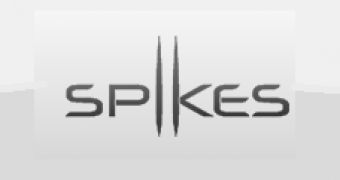IT security firm Spikes, Inc., has launched AirGap Enterprise, a browsing solution that protects an organization’s Windows and Mac machines against malware attacks.
A recent study from Lloyd’s has shown that over 90% of undetected malware infects systems via the browser. That’s why Spikes AirGap focuses on making sure this entry point is completely secured.
“We've taken a radically different approach to web browsing by developing a highly scalable, enterprise-level client-server application that places the browser outside the firewall rather than on the user's computer (endpoint) – then having it interact with the web browser remotely, providing endpoint immunity to malware attacking through the browser,” Branden Spikes, CEO of Spikes, noted.
AirGap Enterprise is designed to keep malware outside the network firewall. The product, recommended for companies of all sizes, does this by placing an “air gap” between the Web and applications that access the Internet.
Organizations simply need to deploy a client browser on endpoints. The server runs on high-performance Spikes Appliances that deliver 11 layers of protection. These appliances can be virtual or physical, and they can be deployed on public, private or hybrid clouds.
Since the entire process takes place in the cloud or on a Spikes appliance, the performance of endpoints is not impacted.
“The continuing growth of malware and the on-going global initiatives to improve cyber security best-practices affirms the need for our AirGap Enterprise. Spikes has made the hacker's easiest target – the web browser, one of the most impenetrable,” Spikes added.
“We will continue to drive innovation while further establishing our technological leadership in providing the best-in-class cyber security solutions to our continually growing clientele.”
Mike Karp, VP and principal analyst at Ptak Associates, commented, “The Spikes approach is pioneering and provides the IT team with a single point of control for corporate browsing, making it far easier for IT to ensure that individuals – intentionally or inadvertently – don't provide an opening for malware to penetrate the corporate firewall.”
He added, “Beyond that, management now has a single point of control to enforce those parts of corporate governance that address concerns related to Internet traffic.”

 14 DAY TRIAL //
14 DAY TRIAL //